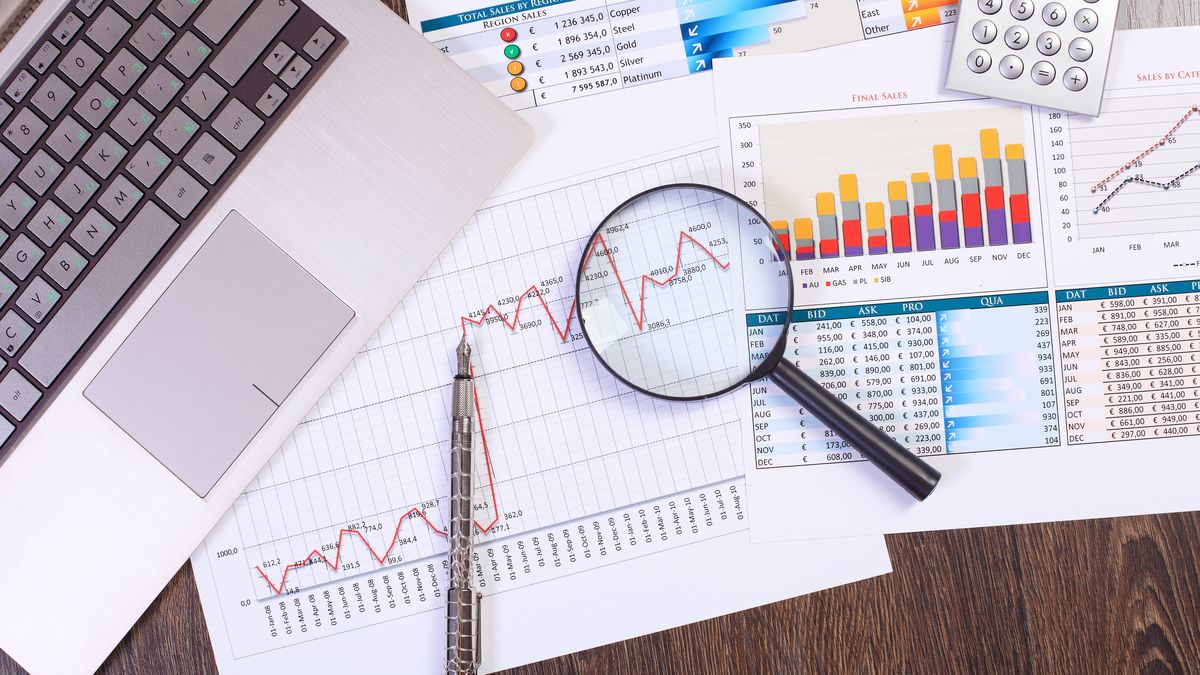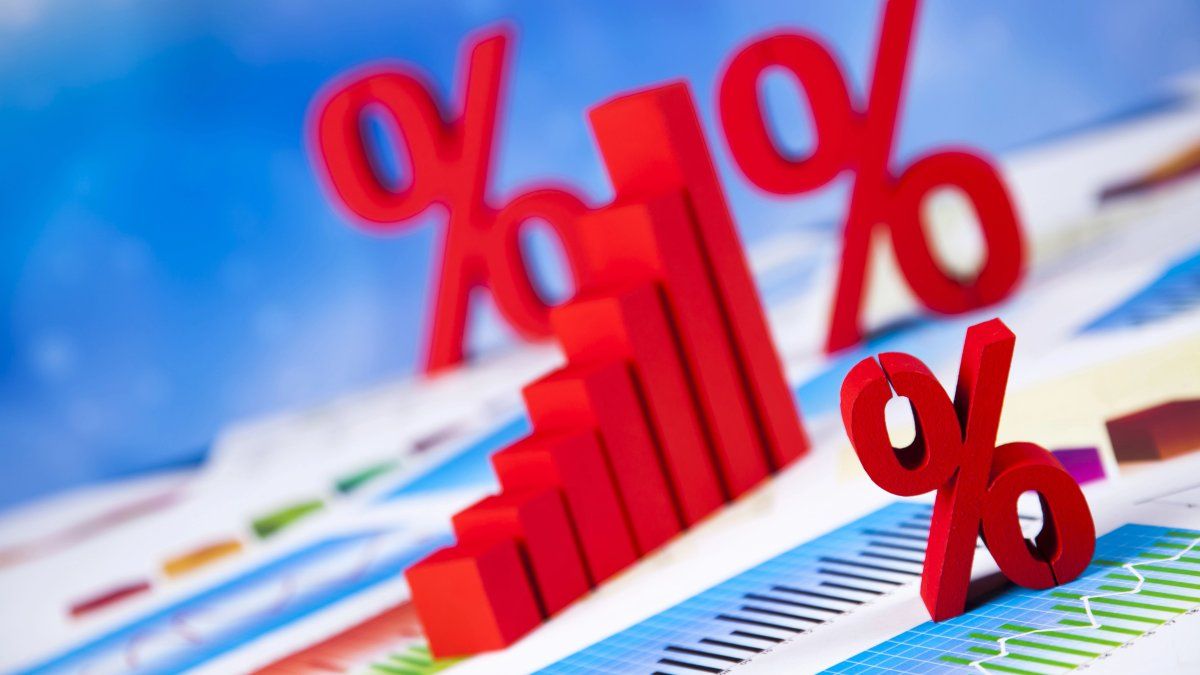He data of inflation November that INDEC reported this Wednesday positively surprised the market. It was expected to give a value similar to October’s 2.7%, but it was finally 2.4%. The news drove a sharp rise in fixed-rate peso securities on the secondary market in the final stretch of the wheel.
As a result, inflation expectations implicit in the prices of financial assets fell another notch. He optimism among investors led securities to price up the possibility that the Consumer Price Index (CPI) drill 2% in the first months of 2025.
The inflation data and the debt in pesos
Sovereign securities in pesos at a fixed rate (the Lecap and the Boncap) dragged a oscillating trend during recent weeks. After staging a bullish rally in the previous months, in mid-November that trend stopped and they had even operated something offered until last Thursday. The lowering of BCRA rates gave them new impetus starting on Friday. Although it didn’t last, they showed some weakness again at the beginning of this week.
However, this Wednesday, the publication of the November CPI drove new increases. Added to this factor was the reaffirmation of Minister Luis Caputo that the reduction of the “crawling peg” from 2% to 1% monthly “is getting closer.”
With the rally they hit after the inflation data, Fixed rate securities rose this Wednesday 0.7% in the short section and 1.7% in the long sectionaccording to a report from the SBS Group. Thus, the yields along the curve compressed to 2.6%/2.8% of the monthly effective rate (TEM) in the short section and reached 2.5% in the longest section. This Thursday, the Lecap and the Boncap operated with a mixed trend.
On the other hand, in the CER segment (bonds that adjust for inflation), after the CPI they registered falls throughout the entire curve and closed with average drops of 0.5% this Wednesday. On Thursday they experienced a slight rebound.
Inflation breakeven
These movements set up a new decline in inflation expectations implicit in the prices of these securities. The so-called “breakeven inflation” arises when comparing the yields of the fixed-rate curve with bonds of similar terms of the CER curve and determining what the increase in the CPI would be necessary for it to be equivalent to betting on one or the other alternative.
Before the market opening this Thursday, the economist Salvador Vitelliby Romano Group, calculated the “inflation breakeven” for the coming months and estimated the path that financial assets have set in prices: for December, 2.1%; for January, 2%; for February, 1.8%; for March, 1.8%; for April, 1.8%; and for May, 1.6%.
image.png
This implies that, In the optimistic view of investors, the CPI would pierce 2% in February 2025. All the values of this path are below the forecasts of the latest Market Expectations Survey (REM) of the Central Bank, published at the beginning of December and carried out at the end of November.
Vitelli, in his X account, made two clarifications: on the one hand, he noted that these are “average inflations”; On the other hand, when comparing the fixed rate curve with the CER T2X5 bond it gave an even lower “breakeven inflation” (1.4%) since that title captures half of the December CPI, so it corrected that gap. “through spot valuations.”
All in all, the reduction in market inflation expectations seems to incorporate the signal of reduction in the pace of devaluation of the official exchange rate from 2% to 1%which this Wednesday was reaffirmed by Caputo. The underlying idea is that a lower crawling peg could contribute to the CPI slowdown. There are those who believe that this modification in the exchange rate table could already take effect during January.
Source: Ambito
I am a 24-year-old writer and journalist who has been working in the news industry for the past two years. I write primarily about market news, so if you’re looking for insights into what’s going on in the stock market or economic indicators, you’ve come to the right place. I also dabble in writing articles on lifestyle trends and pop culture news.




